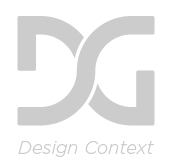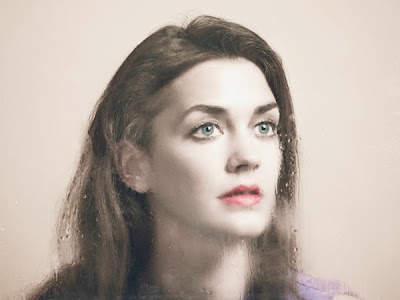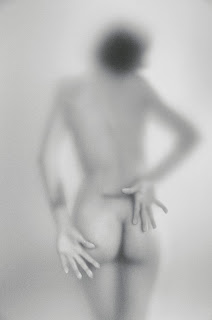I found this poster by Dawid Ryski, a designer and illustrator from Poland on Behance. The thing about this poster that inspired me the most was the strong use of colour. The colours work well together and have been distributed effectively. Another thing about this poster which i really like is the way that there is texture in the design. The design has been screen printed and it could be this process that has achieved this effect. I would like to get a similar texture for my posters based around the bushfires as i feel that a completely flat design with clean edges and block colour would not fit the theme of the posters. I would like them to look slightly distressed to convey the damage caused by the fires.


These posters, based around quotes from prolific musician Kurt Cobain caught my eye immediately. The fluorescent colours are bold and vibrant and work well against the halftone image. The halftone image itself works really well, it looks quite lo-fi and edgy. I may experiment with using a halftone print in my design as I feel it works really well here. I doubt I will use fluorescent inks in these posters however, I do not feel these colours would effectively communicate the message in the way I intend.

This poster (by Pablo Costa) was designed in an attempt to raise awareness about air pollution and climate change. This is fitting as this is part of the message I am trying to deliver with my posters. The use of silhouettes and flat colour with large, bold type works really well and I will think about designing my posters in a similar way. As we are only allowed to use two colours this style of design would be perfect for the project. I also feel that graphics like this are really bold and eye catching which again is perfect for a 'high impact' poster.

I came across this gig poster on Designspiration and unfortunately I cannot find the designers name or any other information about them. I feel the composition of the image is really effective. The eye is drawn all around the page as the design is balanced and considered. I like the texture of the print and the fact that the edges to some of the lines aren't very clean. This imperfection adds to the look of the poster and I would like to try and achieve this with my design. Therefore I intend to screen print it.

Again, I came across these posters on Designspiration. They are in a format which is similar to the specifications on our brief. They use no image, only type, which is another spec for one of our posters. I like the way the type is lined up, it makes it look like a banner of sorts. Certain words are emphasised depending on the font used and the size. This type hierarchy is something I will have to think about. I also like the stock it has been printed onto. This made me think about the stock and colours that I plan on using. Once again the texture on this design is what makes it and this is reinforcing the idea to screen print my design.


















.jpeg)





























